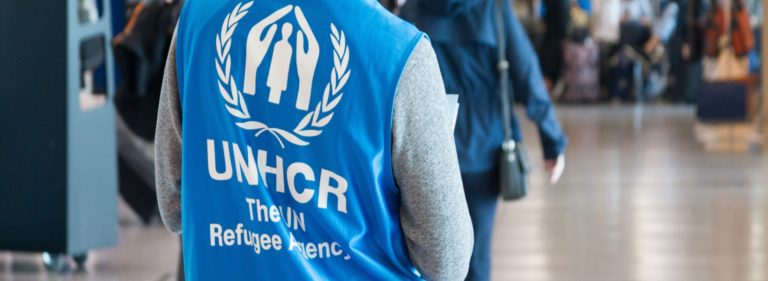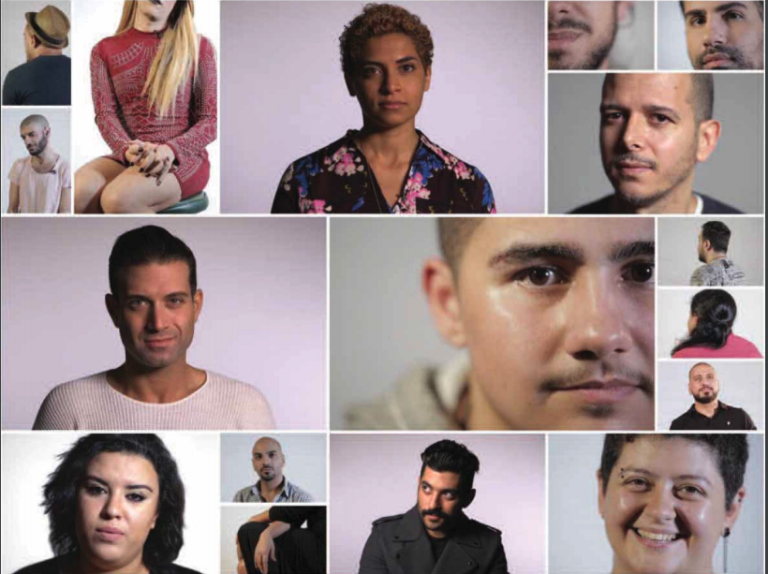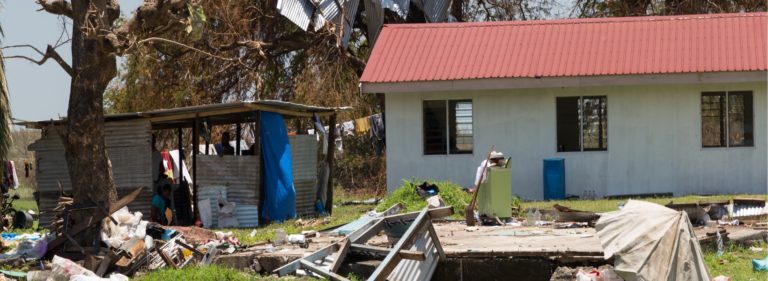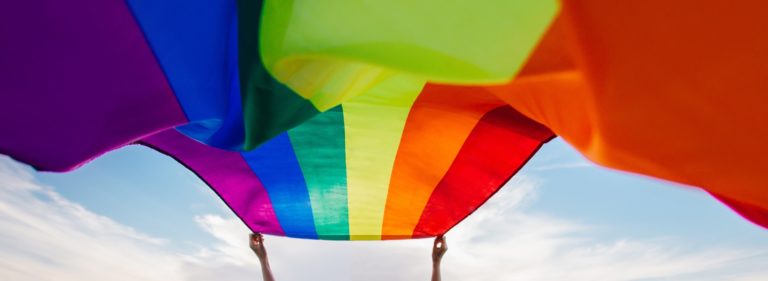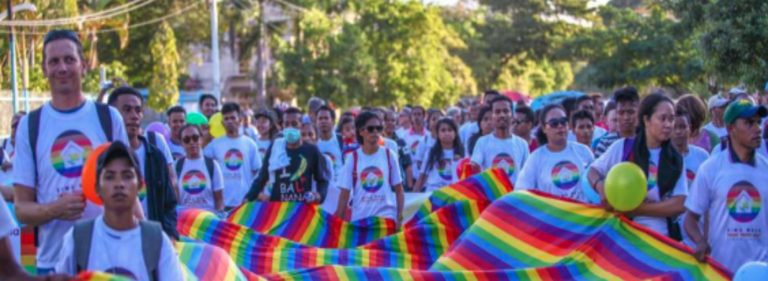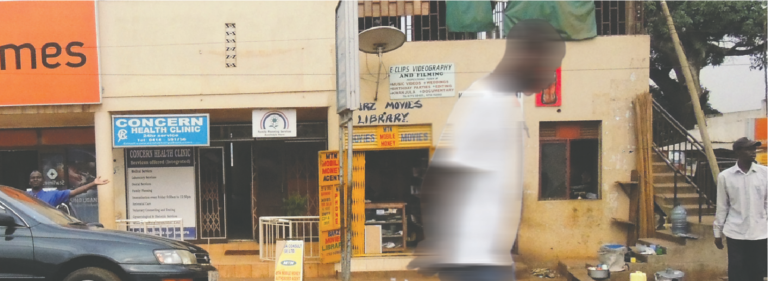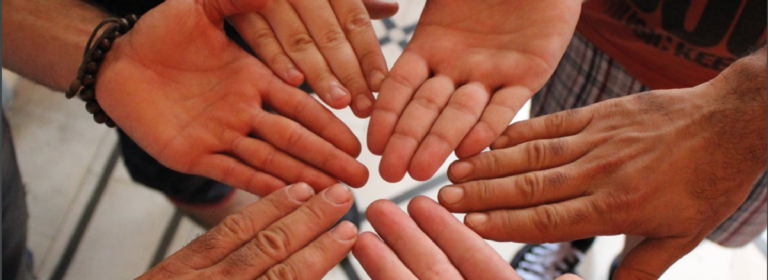The authors of this article argue that lesbian, gay, bisexual, trans, intersex or queer people are ignored in the existing peacebuilding system.
The paper provides an overview of diverse sexual orientation and gender identity (SOGI), conflict and continuums of violence before grounding their research with case studies. In fieldwork conducted in Nepal, activists at the Blue Diamond Society (BDS) were interviewed. BDS provides advocacy for people with diverse SOGI and tracks abuse perpetrated against the community. BDS noted that increases in violence against people with diverse SOGI are directly linked to increased mobilisation of military and police prior to the cease fire (2008). During this protracted civil war, internally displaced persons with diverse SOGI were particularly vulnerable to violence from police. The paper suggests that conflict can increase pressure on people with diverse SOGI to enter into heterosexual marriages, as was the case for lesbian women in Nepal and Syrian refugees in Lebanon. There were examples of resilience in the face of upheaval in both of these contexts whereby social norms were re-evaluated and more progressive, though this was by no means the norm.
The paper then moves into a series of practical recommendations to build inclusion: in Nepal, the authors highlight the efforts by International Alert to integrate diverse SOGI perspectives into local-level transitional justice work. Humanitarian staff require training on SOGI sensitivity and integration and need to expand their conceptualisation beyond the ‘outdated’ mode of nuclear (invariably heterosexual) family.
